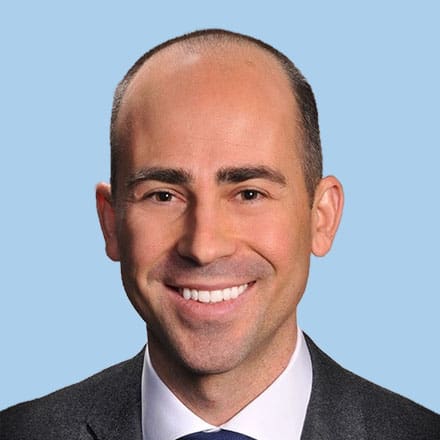Inside Angle
From 3M Health Information Systems
Recent challenges to a culture of patient safety
A culture of patient safety built over the past twenty years is encountering roadblocks. Policies and recent events that defy both research and initiatives geared towards strengthening healthcare safety, whether intentional or not, must be highlighted to ensure we continue to move the ball in the right direction.
A few Sundays ago, a New York Times story highlighted the “culture of secrecy” that protects hospitals from disclosing their name when an outbreak of a drug-resistant bug is occurring within their walls. Defenders of the policy argue this encourages hospitals to promptly report these outbreaks to the Centers for Disease Control and Prevention (CDC) without fear of negative publicity.
Just two days before this, a viral video of Washington State Senator Maureen Walsh circulated on social media. Senator Walsh was promoting an amendment to exclude smaller, critical access hospitals from a bill that would protect paid rest and meal breaks for nurses. She rounded out her remarks with some off-hand color commentary that nurses in these more rural hospitals “probably play cards” during their (seemingly, to her) prevalent down time. Her focus on the financial costs of those breaks morphed, incredibly, into the derision of the profession viewed as the most honest and ethical in our society for the last 17 years in a row. Ironically, members of Congress (likely to include state legislators) ranked lowest on this list.
Finally, over the past year, we learned about the Vanderbilt nurse being prosecuted criminally for the 2017 death of a patient due to a medication error. While the story is not yet complete, this represents not only the mistakes of an individual, but the failure of the system around her. This sets a concerning precedent that, instead of encouraging timely reporting of systemic issues or threats to safety, may very well discourage individual health workers from quickly raising concerns to hospital leadership.
These three stories have a common theme: They are micro-assaults on a culture of safety in healthcare institutions.
Medical errors are a leading cause of death in the US. Two decades of efforts to build a culture of safe care were sparked by the 1999 Institute of Medicine report “To Err is Human.” This culture shift–badly needed, yet not adopted overnight—eventually birthed checklists, quality committees and alerts built into electronic health records. These solutions are only starting to mature to meaningfully move the needle.
Secrecy, overstretched staff and incentives leading to under or delayed reporting of potential precursors to or catalysts resulting in avoidable mistakes, all begin to move us backwards. We need more information and transparency in health care—not less. We must rebalance the interests at stake, immediate costs or pull to hold someone accountable, relative to the overall systemic goal.
Following an airplane crash, investigators’ first order of business is to find the “black box.” More accurately known as the flight recorder, this device, alongside the cockpit voice recorder, can offer critical insight into the detailed events that led to a catastrophe. What follows is an attempt to objectively piece together process issues, performance errors, or even software deficiencies, as in the case of the recently grounded Boeing 737 Max, that may have contributed to the event. Corrective action is then taken, through addressing the root cause of the disaster, perhaps accompanied by bolstered training for all involved through simulation exercises. All of this has laid a reliable foundation and infrastructure upon which to build an industry that is highly regarded for safety.
What if, rather, the first step following airline disasters was to question the flight attendants on board? Or what if the next plane crash resulted in the arrest of individual pilots? What if the Federal Aviation Administration hid the safety statistics of individual airlines? What if we went back to fatigued pilots?
Airline industry practices were invoked while debating limiting the work hours of young physicians-in-training. The comparisons are not perfect, but taking a page out of the industry’s book may indeed inform our quest for safer patient outcomes.
The three short-sighted policies or reactive solutions described in this blog will negatively affect health delivery and care safety in the United States. Before we find ourselves two decades in the past, the priorities of the system as a whole need a stronger advocate.
Health policies ought to encourage transparency and the sharing of information. Human resources for health policies ought to ensure the wellness of frontline health workers. Health providers and systems ought to be appropriately held accountable for their performance, supporting their staff as necessary. The conveners of future discussions surrounding healthcare quality and safety will do well to focus on the ultimate party responsible (the system) in service to the ultimate beneficiary (the patient).
Travis Bias, DO, MPH, FAAFP, is a Family Medicine physician and Clinical Transformation Consultant within the Performance Matrix team at 3M Health Information Systems.


